Last week, the Federal Government announced that it will loosen restrictions on international travel effective November 8. The State of Hawaii has said it will follow the same guidelines as the federal government for international passengers who are traveling direct to Hawaii.
Beginning on November 8, non-US citizens traveling directly to Hawaii from an international destination must present BOTH vaccination records showing they are FULLY vaccinated AND a negative COVID-19 test result (NAAT or antigen) within three days of boarding a flight to the United States. US Citizens flying directly into Hawaii from an international destination have two options.
Hawaii’s Safe Travel program remains in effect for domestic travelers coming into Hawaii from other states. Currently, the Safe Travels Program requirements for domestic travelers include:
Any international travelers who may be entering Hawaii from another US state or territory will be treated as domestic travelers and will need to adhere to the rules and guidelines of the Safe Travels Program.
As always, we recommend you visit and consult the State of Hawaii Safe Travels website for any questions you may have and to obtain any forms you may need to complete. You’ll find a link below to the Safe Travels website.
Ko Olina closed their lagoons to the Public (and resort residents) fairly early in the COVID-19 pandemic for safety reasons. The lagoons were opened once or twice during the past few months, but the parking lots remained closed. If you wanted to swim in the lagoons at this time, you had to either walk to the lagoons, or have someone drop you off. There were periods when you could swim in the lagoons but were not allowed to sit on the beaches. Other times the lagoon walkways & comfort stations were closed and those who wanted to walk in the resort had to walk along the streets and sidewalks rather than the lagoons.
Like with a lot of rules and restrictions during the COVID-19 pandemic this became quite confusing to most everyone involved. All this was done in the interest of safety. Trying to keep the public, resort residents and resort employees safe.
The closing of the lagoons and beaches, perhaps along with the confusion upset quite a few people. Residents of the resort complained, as did neighbors of the resort. There were editorials written in the local papers and comments left on news sites and of course on social media. Eventually, the City & County of Honolulu told resort management they had to open the beaches and parking lots. After what seemed like several days of discussions between the city and the resort, the beaches. and lagoons were opened to the public on October 16.
As of this writing, social distancing must still be practiced while at the lagoons and on the beach. Groups at the lagoons are limited to a maximum of five people and masks must be worn when people are not in the water. Some of those restrictions will be relaxed if the County moves into Tier 2 of their reopening plan. Although the lagoons, beaches and parking lots have been opened, parking at lagoons 1 & 4 is at only 50% at this time with every other parking space blocked off.
The lagoons, beaches and parking lots are open again. Yes, there are restrictions and parking is more limited than usual but I believe most people are happy about all that. Even on a recent cloudy day the beaches were busy with families enjoying themselves. Remember, COVID-19 Virus is still a danger and Ko Olina Management is trying to keep people safe.
I hiked Maunawili Falls Trail this morning with the Brothers Duke. Living on the Leeward Coast in Kapolei, I sometimes forget how varied the scenery is on Oahu. You can go from an almost desert landscape on the dry Leeward Coast to what seems like rainforests on the Windward Coast.
We left Kapolei at 8:00 AM and drove across the island on H-3 to the Kailua area. I always love the view of the Windward Coast as you come out of the tunnels on H-3 heading East. Google Maps seemed to have some problems with GPS in the area so we had to turn around a couple of times but found the trailhead (which is in a residential neighborhood) at about 9:00.
The Maunawili Falls Trail is a 3 mile out and back trek and features a waterfall at the end of the trail and a swimming hole at the base of the falls below the Pali Cliffs. Although the trail is rated by some websites as being “difficult” I would have guessed it t be “moderate”. We passed several families with children and they seemed to be doing fine. The trail has several markers pointing the way to the falls, but they don’t really seem necessary. What the trail does not have, is restrooms at either the trailhead or along the way so plan accordingly.
Many people, after making the trek like to jump from the waterfall into the pool below. Those with more agility and courage climb even higher to the side of the waterfall to jump further (try at your own risk). I did not make this jump but would guess it is approximately 60 feet to the water below. The swimming hole at the bottom of the falls is perhaps 30 to 40 feet in diameter and is deep enough that none of the people jumping from the side of the falls hit bottom.
I don’t know how long it had been since the last rain in the area, but the trail was fairly muddy. My guess is that with the thick overhead foliage, the trail is probably wet and muddy most all the time. Keep this in mind, as you may want to take some bags to put your shoes in prior to getting back in the car and perhaps towels to dry your feet and legs.
Along with being muddy, the trail was also quite slippery in many areas, so if you go, be careful. There are many roots on top of the ground that are slippery when wet as well as rocks. You will have to cross the river (stream) several times. While you can usually find rocks to step on to avoid walking through the water, there’s a good possibility you will slip and end up with your feet in the water anyway. I certainly did; more than once.
It was an enjoyable hike for a Saturday morning (we were back in Kapolei by Noon) and is one that I would recommend!
Ola Properties
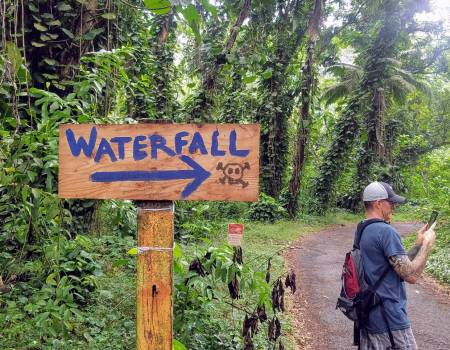
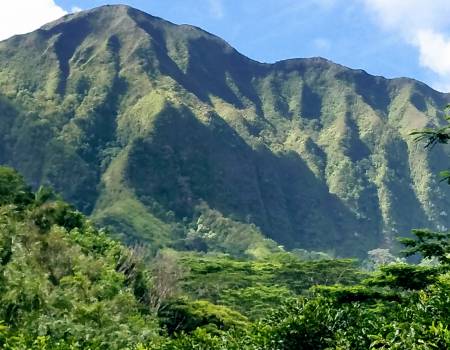
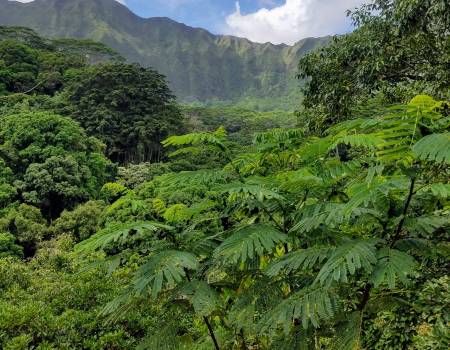
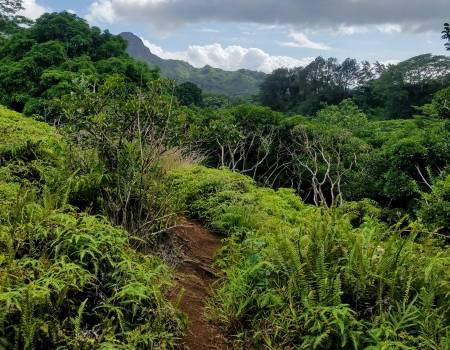
What does the Hawaiian Shaka sign mean? Anyone who has visited the islands has no doubt seen the famous hand gesture coupled with the “Shaka” greeting! A shaka sign – the unmistakable pinky and thumb salute – is the ultimate symbol of Aloha and local culture in Hawaii. Interpreted to mean “hang loose” or “right on,” the Hawaiian Shaka is a constant reminder that in Hawaii, it is not the norm to worry or rush. The shaka sign represents the embodiment of “island style.” It conveys friendship, understanding, compassion, and solidarity among the various ethnic cultures that reside within Hawaii. The shaka sign was adopted from local Hawaiian culture by visiting surfers in the 1960s, and its use has spread around the world.
Book Our Holiday Ko-Olina Kai Cottage Rentals Here!According to the Honolulu Star-Bulletin, prevailing local lore credited the gesture to Hamana Kalili of Laie, HI, who lost the three middle fingers of his right hand while working at the Kahuku Sugar Mill. Kalili was then shifted to guarding the sugar train, and his all-clear wave of thumb and pinkie is said to have evolved into the shaka as children imitated the gesture.
Another theory relates the origin of the shaka to the Spanish immigrants, who folded their middle fingers and took their thumbs to their lips as a friendly gesture to represent sharing a drink with the natives they met in Hawaii. Yet another theory relates the origin to visiting whalers who signaled a catch with a “tails up” shaka.
Shaka and its very positive associations may simply derive from the popular World War II “V for Victory” hand sign, in Hawaii often held up and rotated rapidly back and forth, “shaken”, hence shaka.
The late Lippy Espinda, a used car salesman and Oahu-based entertainer, has also been named as a possible creator of the shaka. Espinda, who frequently appeared as an extra in Hawaii Five-O as well as the The Brady Bunch episodes shot in Hawaii, used the term and the sign during his television ads in the ’60s. Though the claim that he is the originator of the shaka sign is debatable, he is credited with increasing its popularity and of Hawaiian Pidgin as well. The shaka has achieved great popularity in Australia, primarily amongst teenagers on social media sites such as Instagram and Facebook.
(Courtesy of Wikipedia)
Check Out Our Apartment Vacation Rentals Here!Come experience the Hawaiian Shaka for yourself and start planning a West Oahu vacation! Browse our selection of West Oahu, Ko Olina, and Makaha vacation rentals today.
While Honolulu is often considered “Big City”, it is really only one city that consists of most of one island, which is just short of 70 square miles. The rest of Hawaii is made up of a scatter of cozy, tight-knit towns where everyone looks out for one another. Within each town lies an intimate community that grows up together, knows each other’s families, supports each other, and roots for each other. They go to the same schools, have the same circle of friends from kindergarten to graduation, and often grow up with the same, or similar, valued traditions. In fact, when local people want to get to know each other on a more personal basis one of the first questions asked is what high school was attended (the high school is an indication of what town they are from). Once the high school is revealed, both parties search their memories for a list of people that attended that high school for common people they might know, giving new meaning to “it’s not what you know, but who you know”.
Click Here to Book Our Vacation Rentals for Families!
Ohana is the Hawaiian word for family. There tends to be a strong sense of family when growing up in smaller towns. In the old days, families in Hawaii tended to be quite large, often four or five (or more) siblings. And when these four or five (or more) siblings have four or five (or more) children, you become the town, yet you really are family. So that could have meant that a whole town could very well have consisted of maybe just a handful of really large families. Today families have one, maybe two or three children, creating a twist to the old meaning “ohana“. While the English translation for ohana is still family we have transitioned the word to be used in a looser context to include extended family, or friends that are as close as family.
Ohana in a sentence: “My bruddah is a jock, my sista thinks she’s a princess, my maddah is super embarrassing and my faddah thinks he’s the best at everything. But it’s always good to come home because my ohana is my home”
Ohana in the movies: Lilo & Stitch (2002) — “Ohana means ‘family.’ ‘Family’ means ‘no one gets left behind’.”
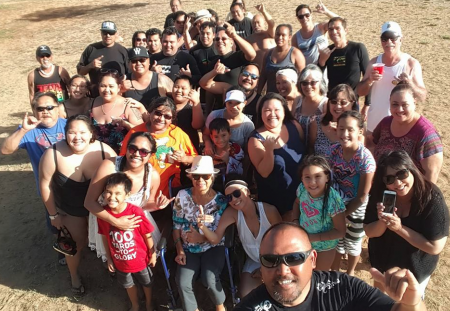
In Hawaii, we often adopt people into our hearts and into our families. Extended families are so common in Hawaii that anyone you are close to that is close in age is considered a sister (pronounced “sis“or “sista“)or a brother (pronounced “brah“ or “bruddah“). Anyone you are close to that is a generation older than you is considered aunty (pronounced “antee“) or uncle (pronounced “anko“). [Hint: if “Aunty” is followed by a name, like Aunty Helen, chances are they are related. If a person just says “Aunty” chances they are extended family. Note: Children younger than millennials tend to call everyone “Aunty” and “Uncle” regardless of family lines, making it confusing for everyone].
Hanai in a sentence: My hanai son will always take care of me.
Hanai in the movies: Money Train (1995) — John Powell (Wesley Snipes) and Charlie Kaylor (Woody Harrelson) were hanai brothers.

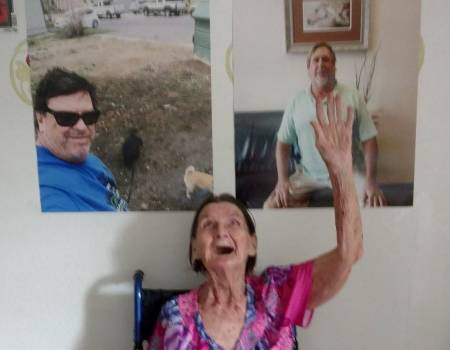
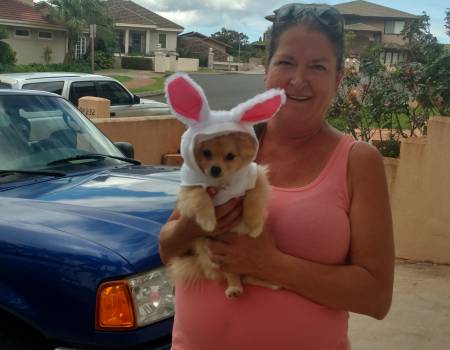
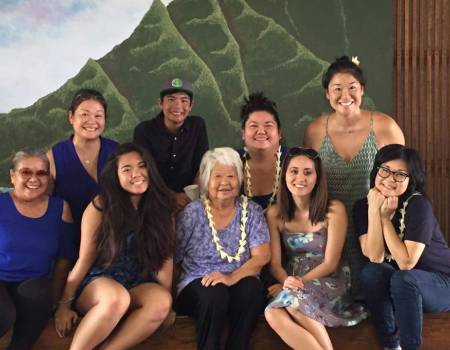
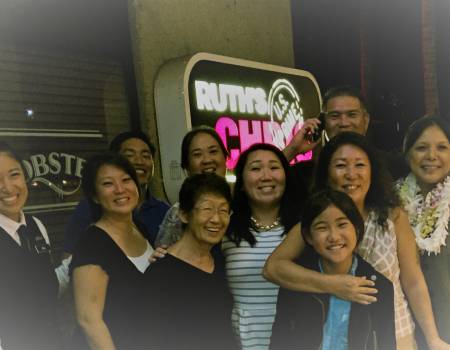
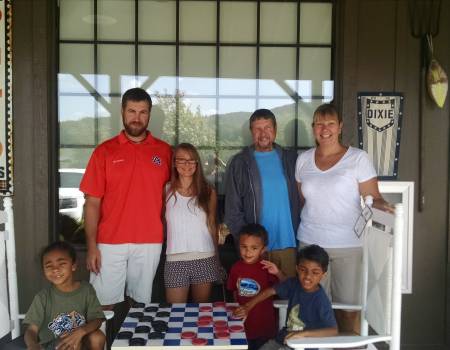
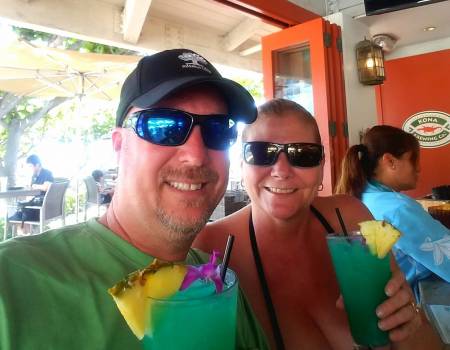
Book Our Large Vacation Rentals Here!